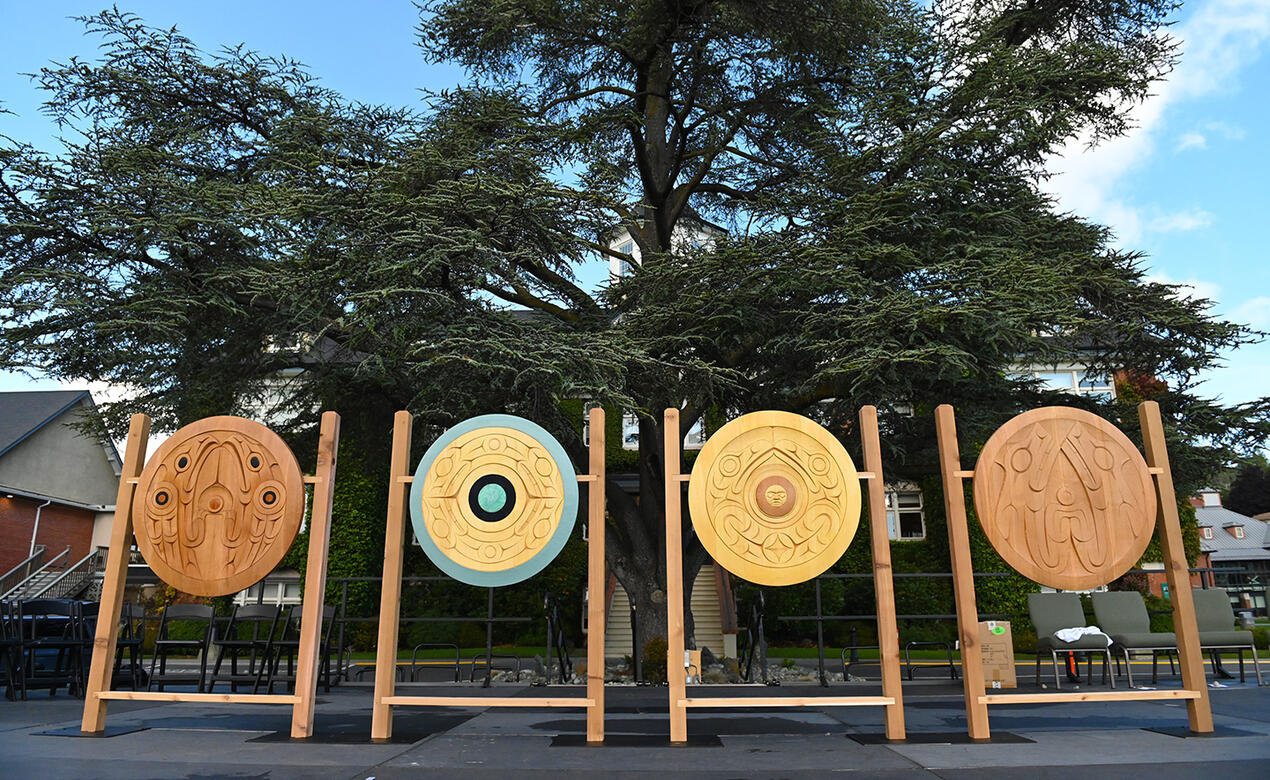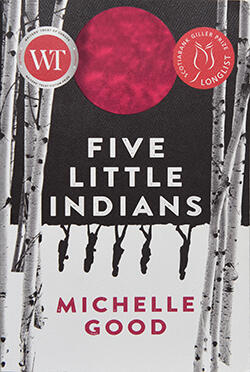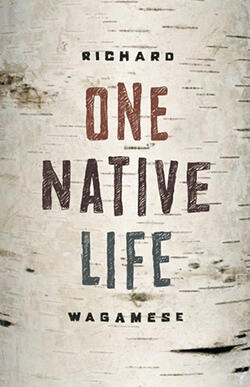
In September 2023, high school students in British Columbia were the first to be required to take an Indigenous-focused course to graduate. In a statement provided to the CBC last year, the Ministry of Education and Child Care said the mandatory requirement is “intended to build further awareness and understanding of First People’s perspectives, cultures, and histories among all BC students and serve as an important step toward reconciliation”.
Before the requirement was introduced, only a small percentage of BC students (around 5%) were choosing to take the optional First Peoples courses offered. The elective approach to Indigenous courses was not helping most students become more engaged in the truth and reconciliation process.
As a result of the new requirement, nearly the entire 2024 graduating class at SMUS is enrolled in English First Peoples 12 (EFP 12), a course like English 12 but with a focus on Indigenous voices and texts.
When word first came out that all Grade 12 students would be required to take EFP 12 this year, students and teachers harboured some reservations. For students, a common criticism was the repetition over the years of First Peoples content in non-Indigenous courses. For non-Indigenous teachers, a common concern was possessing the necessary qualifications for teaching the course.
Yes, our students have again noted repetition in content from past years. Nevertheless, students have gained a great deal from the sustained focus on authentic First Peoples texts that the course stipulates. The uninterrupted concentration on the Indigenous context enables a deeper and more detailed understanding of Indigenous experiences and perspectives. The year-long course also permits us to uphold an important First Peoples principle of learning: learning and understanding require patience and time. The course affords us the space to deepen and revise our understanding of First People’s experiences, perspectives, and histories.
Yes, qualifications are still a lingering worry for many non-Indigenous educators. Yet, organizations like the First Nations Education Steering Committee (FNESC), a First Nations controlled collective that has played a crucial role in developing Indigenous-focused courses, have been very encouraging and gracious about non-Indigenous educators’ initial efforts to be part of the process towards truth and reconciliation. We need to work for each other to achieve harmony in Canada.

If you are still wondering about the value of concentrating an entire course on Indigenous voices, I would reference Michelle Good, a Cree author of the award-winning novel Five Little Indians, this year’s EFP 12 novel study. She wrote her book in response to the “terrible refrain” of the question “why can’t [Indigenous People] just get over [the traumatic effects of Residential Schools]?” The lives of the novel’s five primary characters, all of whom are Residential School survivors, vividly depict a clear, poignant answer to that question. This important book serves as a detailed truth telling about the past and why it can’t be glossed over. The story requires us to not only revise our understanding of Canadian history, but also to re-examine other histories that have been presented to us as truth. Importantly, however, the novel also highlights the incredible hope and resilience demonstrated by First Peoples in the face of adversity. Ultimately, it speaks to the strength of the human spirit.
The course also works to broaden worldviews and to emphasize the often-overlooked similarities we have between us. In other words, the Indigenous voices often make connections to a bigger, more universal picture. Here are a few illustrative gems from Ojibway author Richard Wagamese’s inspiring memoir, One Native Life:

"Getting that [Ferris] wheel in the air was my first experience with tribalism. I was the only Indian on the crew, but working that wheel taught me how sweat transcends politics, how common effort removes differences, how a common purpose brings everyone together. In that, I suppose, we’re all Indians.”
“I love [Canada]. I love that flag. The majority of native people do. Every land claim, every barricade, every protest is less a harangue for rights and property than it is a beseeching for the promise offered in that flag…Equality. A shared vision, a shared responsibility. A wish, a held breath waiting to be exhaled.”
“There’s more to the world than what I can see, and I owe it to myself to seek it out. Learning that has made me a better man, a better person and, in the end, a better Indian.”
“You need to step out on the land to see [the moon] properly. You need to walk away from all that binds you to a city, to a desk, to a job, and stand where the wind can get at you. When that moon comes up and begins to sail across the sky, there will come a point, if you watch closely enough, when the earth starts to move, to race that moon, and you can feel our planet spin in the heavens. It doesn’t matter who you stand with or where you’re from. It happens for everyone. And what kind of God, I ask, could make that happen?”
Wagamese urges us to stand and work together as one people. He urges us to see beyond ourselves. He urges us to connect with the natural world, to gain a greater sense of divine energy and universal harmony.
We have learned a great deal from the First People’s voices in the course so far – about history, about buoyancy, about perspective, about gratitude, about togetherness.
Editor's Note: As part of their learning, SMUS students and employees are explicitly taught about how to accurately and respectfully refer to Indigenous individuals, communities, landscapes, cultures and values. Also emphasized is the sovereignty that Indigenous Peoples have over the ways they choose to describe themselves (which continues to vary across both time and space).


